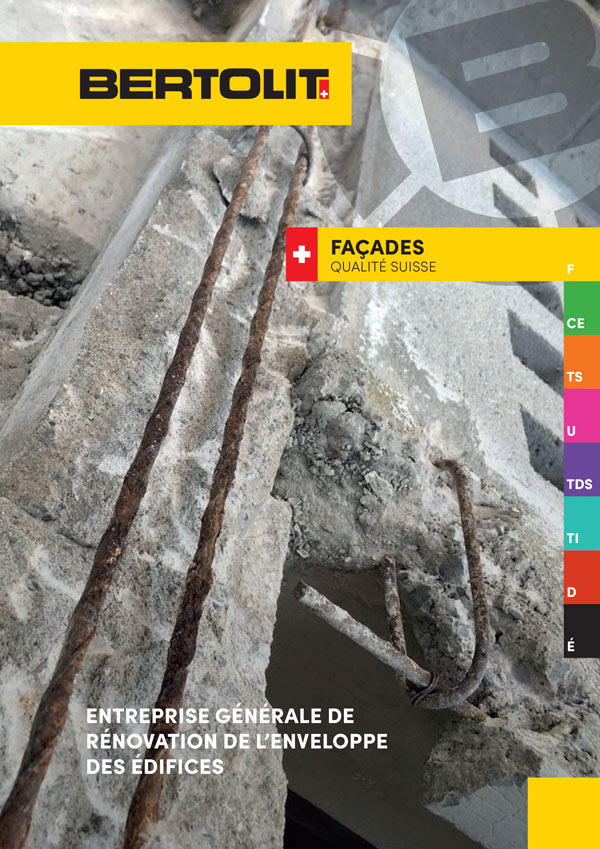Our areas of expertise
Our areas of expertise

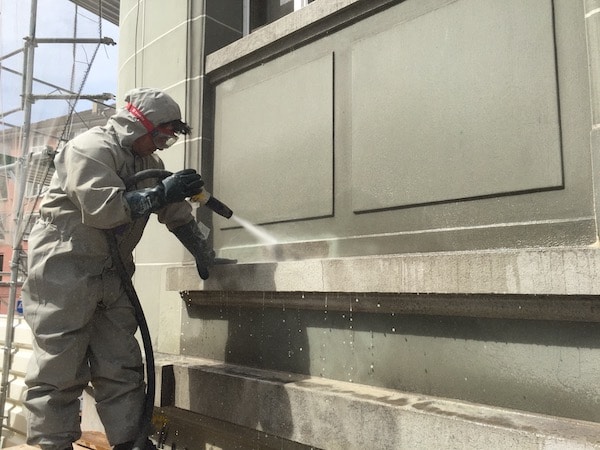


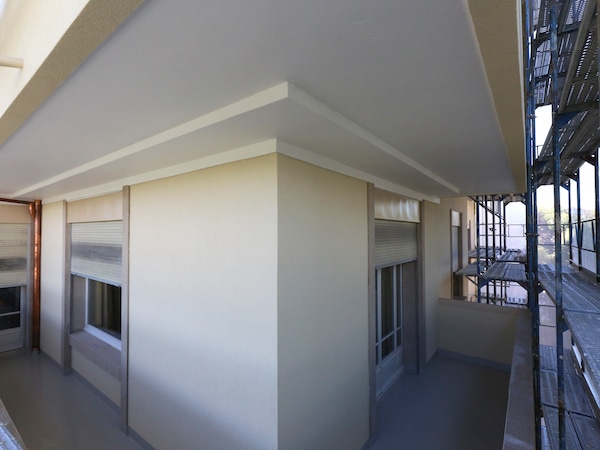
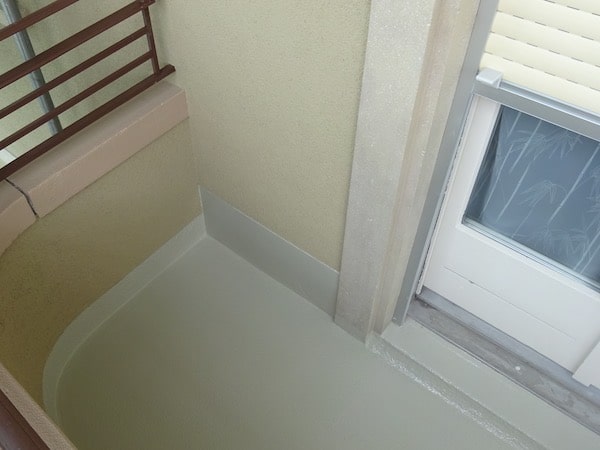
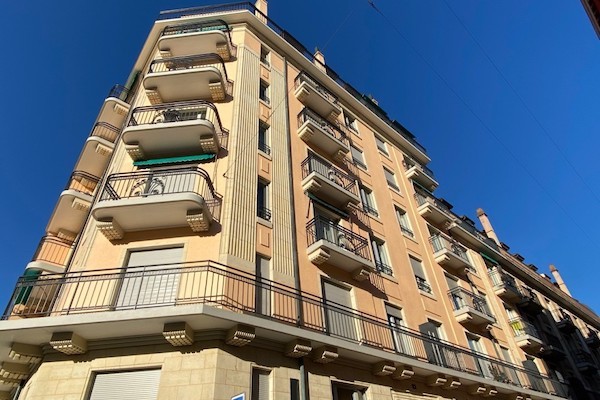
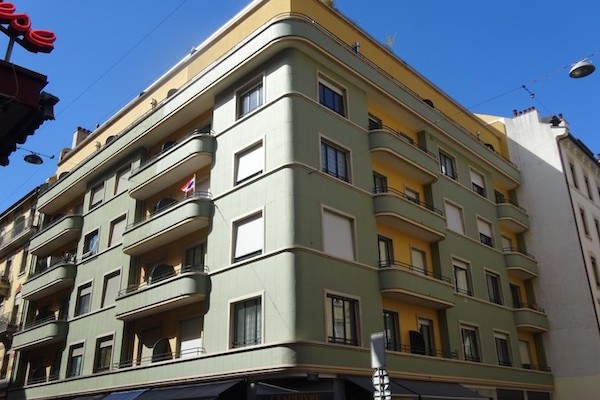
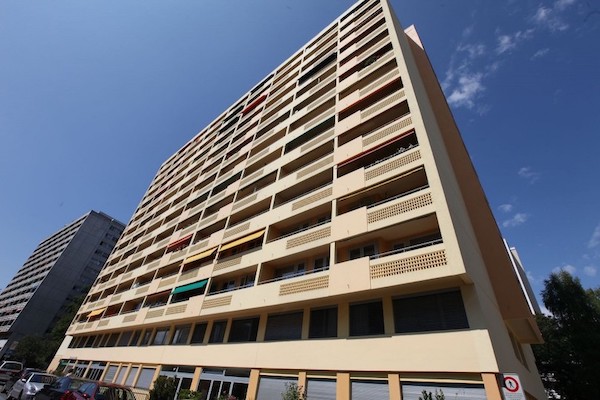
YOUR FAÇADE RENOVATION SPECIALISTS

Directeur général // Responsable division FACADE




Our areas of operation
- Geneva
- Chêne-Bourg
- Cologny
- Plainpalais
- Les Eaux-Vives
- Carouge
- Le Grand-Saconnex
- Lancy
- Onex
- Meyrin
Security and emergency measures to protect occupants’ safety
Just like a human being, a building ages, and we need to take care of its health by maintaining its façades.
Because of their age, pieces of concrete, plaster or natural stone often fall off the facades and onto the ground, threatening the safety of site occupants.
Safety work (“purging” the façades) using a bucket truck or our acrobats is essential every year until the façades are completely cleaned up.


100°c high-pressure washing, low-pressure hydro-scrubbing, pollution control
The first step in facade maintenance is to wash the facade in order to kill off any micro-organisms beforehand, and to sanitize the substrate before any work is carried out.
Washing can be carried out in two different ways, depending on the type of material being washed:
- High-pressure washing (500 bar) with hot water at 100°C is reserved for reinforced concrete and plastered masonry facades.
- Hydro-scrubbing (4 to 7 bars) is reserved for concrete facades with a sandblasted, sanded or washed finish and for hard, semi-tender or soft natural stone.

Radical curative treatment of carbonation and long-term preventive treatment of concrete with MFP
The second step in maintaining concrete facades is to treat carbonation. Carbonation (also known as “concrete cancer”) is a chemical phenomenon that oxidizes concrete reinforcement, causing it to swell and the concrete skin covering it to burst. Two types of treatment are possible: curative and preventive. Curative treatment is carried out when facades are at an advanced stage of the cancer, in 8 stages.
Preventive treatment is carried out when cancer development is at an early stage, and we use a corrosion inhibitor to halt the carbonation process without the need for curative treatment. It is also systematically recommended as a complement to curative treatment.
Envelope energy compliance in accordance with CECB protocols
In 2020, the public authorities have announced that the IDC threshold will be lowered to 450 mj/m2 when upgrading a building’s energy envelope.
To start work on the thermal permit, a CECB (Certificat Energétique Cantonal des Bâtiments) must first be obtained from a thermal engineer.
This provides two important information: the energy efficiency of the building envelope, and the amount of energy required for standard use in a construction/renovation project. More concretely, the CEBS expert identifies and lists a building’s weak points, so that the owner can avoid taking inefficient measures to modernize his or her building(s). Following this CECB, BERTOLIT is able to provide a precise budget for the thermal improvement of facades, and then ensures quality work on time and on budget.


Tinted, covering or transparent mineral-based anti-carbonation protective coatings, breathable and environmentally friendly
After washing the facades and maintaining the balconies, we apply several coats of protection to the facades to ensure their protection and aesthetic appearance over time.
These coats can be anti-carbonation, solution-tinted or transparent.

Balcony reinforcement and compliance, application of protective resins and related special work
Many building failures are caused by balconies, whose generally protruding position makes them more exposed to the elements.
In fact, façade maintenance includes the essential step of bringing the height and morphology of balcony and window railings into line (see technical brochure: SUVA and BPA railings ), and sealing balcony floors with a waterproof, durable, quartz, non-slip and pedestrian-friendly resin.
EVERYTHING YOU NEED TO KNOW ABOUT FACADE WORK
HOW TO REMOVE GREENERY FROM WALLS?
First of all, when we talk about “greenery”, we're often talking about mosses, fungi or lichens. The development of greenery on walls is linked to their physical location (damp, shady places) and to the humid climatic conditions to which they are subjected. To remove this “greenery”, use a fungicidal pre-wash liquid such as Autolav, followed by high-pressure washing with hot water (up to 100°C) using a high-pressure washer. In addition, greenness can result from water penetration inside the complex if there are no overlaps.
HOW TO CLEAN A RENDERED FAÇADE?
This is the first stage in facade maintenance, and involves washing the facade to kill off any micro-organisms and sanitize the substrate before any work is carried out. Washing can be carried out in two different ways, depending on the type of material being washed:
- High-pressure washing at 100°C is reserved for reinforced concrete and plastered masonry facades.
- Hydro-scrubbing is reserved for concrete facades with a sandblasted, sanded or washed finish, and for hard, semi-tender or soft natural stone.
HOW IS A FACADE RENOVATION CARRIED OUT?
A facade renovation is generally carried out in 8 stages: first, we generally carry out surveys and safety checks, then we set up scaffolding, which must be approved by the public authorities before work can begin. This is followed by a wash, then the renovation of concrete/plastered masonry or natural stone facades, then the retrofitting of balconies with railings, and the waterproofing of floors and the application of protective coats and paints. A number of related works can be carried out as part of a general contracting project, such as waterproofing attics and roofs, replacing windows, blinds and sun blinds, and replacing downpipes.
HOW MUCH DOES A FACADE RENOVATION COST?
The price of a facade renovation generally depends on the state of deterioration of the building and the work to be carried out. The price will vary between 100.00 and 600.00 / m2. For general contracting work (including all window replacement services, blinds, sun blinds, etc.) the price can go up to 2000/m2. Of course, each case requires a precise and comprehensive study by our specialists.



